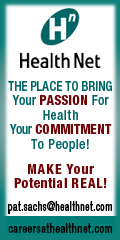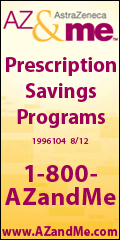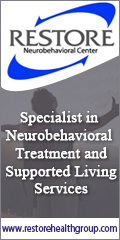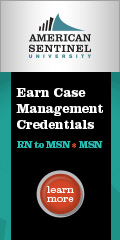Assessing the Efficacy of Medical Management Systems
 Print this Article | Send to Colleague Print this Article | Send to Colleague
 By Pat Stricker, RN, M Ed By Pat Stricker, RN, M Ed
SVP of Clinical Services
TCS Healthcare Technologies
In order to offer effective medical management programs, case managers need to be aware of key health care trends, features, and functions. It is difficult to keep up with the expanding symbiotic interface between technology and care management workflow processes, but it essential to try to do so.
It is imperative that case mangers understand how technology solutions can improve the case management process and patient outcomes. They also need to be cognizant of situations where technology is not meeting baseline expectations. In either situation, they need to do everything they can to encourage their organization to keep up with technology trends that really make a difference.
In most, case managers do not have the ability to determine which systems their employers choose to use, however if you are one of the lucky few who are asked to make those types of decisions or provide input, you need to be knowledgeable of the types of applications, features, and functions that are available, so you can give meaningful input and suggestions.
There are five key IT attributes that case managers should keep in mind when assessing the efficacy of medical management systems:
- Integration: Are you working in an environment where technology is beginning or has already created an integrated IT platform? Are you using a patient-centric system that allows all care team members to see the patient’s record or are there different systems used for Case, Disease, Utilization, and Population Management programs? How much is still being done on paper? Everyone should be able to see a holistic view of a patient’s record, so they can make the most informed decisions to help manage a patient. The elimination of "silos" and "paper" systems is an essential part of the equation!
- Interoperability: Does your medical management system interface with other critical systems? For example, data from electronic health care records including medical charts, claims, pharmacy data, lab data, health risk assessments, gaps in care, and other data should be able to be viewed from or linked into your medical management system to optimize the flow of information. You should not have to go out to multiple systems to obtain data and then copy/paste the information back into your system.
- Automated Workflows Based on Business Rules. Does your medical management system promote dynamic, rules-based workflows resulting in automated tasks to eliminate users having to do them manually? Examples include queuing letters, setting up follow-up interactions, documenting from pre-defined templates that can be quickly modified to meet the patient’s needs, or creating tasks for a co-worker. Streamlining and automating tasks and workflows allows you to spend more time with your patients, while at the same time improving efficiency, increasing productivity, and providing standardization and consistency in workflow processes.
- Evidence-Based Decision Making: Does your system utilize standard assessments that automatically trigger pre-defined, evidence-based care plans with identified problems, goals, interventions, and outcomes? Does it give the case manager the ability to select specific portions of the suggested care plan that meet the individualized needs of each patient, rather than provide a "cookie cutter" care plan that can’t be modified? This is essential!
- Enhanced Communication Links: Does your system allow you to communicate with patients, providers and other collaborators (and document those communications) using encrypted emails, texting, or member portals? Is it capable of even more emerging technologies like social networking? Can you use the system remotely on laptops and tablets? How about from a smartphone? Years ago communication occurred face-to-face, by phone (land-line), or by letter (snail-mail). Email was "taboo" and no one even thought of texting. Now these are commonplace. Just think of what the next 10 years will bring.
In this new age of technology transformation, monitoring technology trends is more important than ever, so that when you get a chance to provide input into the types of systems, features, and functions that are needed for your organization, you will know what is available and be able to provide sound, innovative suggestions. If you aren’t sure if something is available, ask! Put together a "wish list" and make sure the vendor can provide your key, essential functionality or keep looking until you find someone that can.
To contact Pat Stricker:
Email her at pstricker@tcshealthcare.com or reach her at (530) 886-1700 ext. 215.    
|
Follow us on:



|

 By Pat Stricker, RN, M Ed
By Pat Stricker, RN, M Ed




